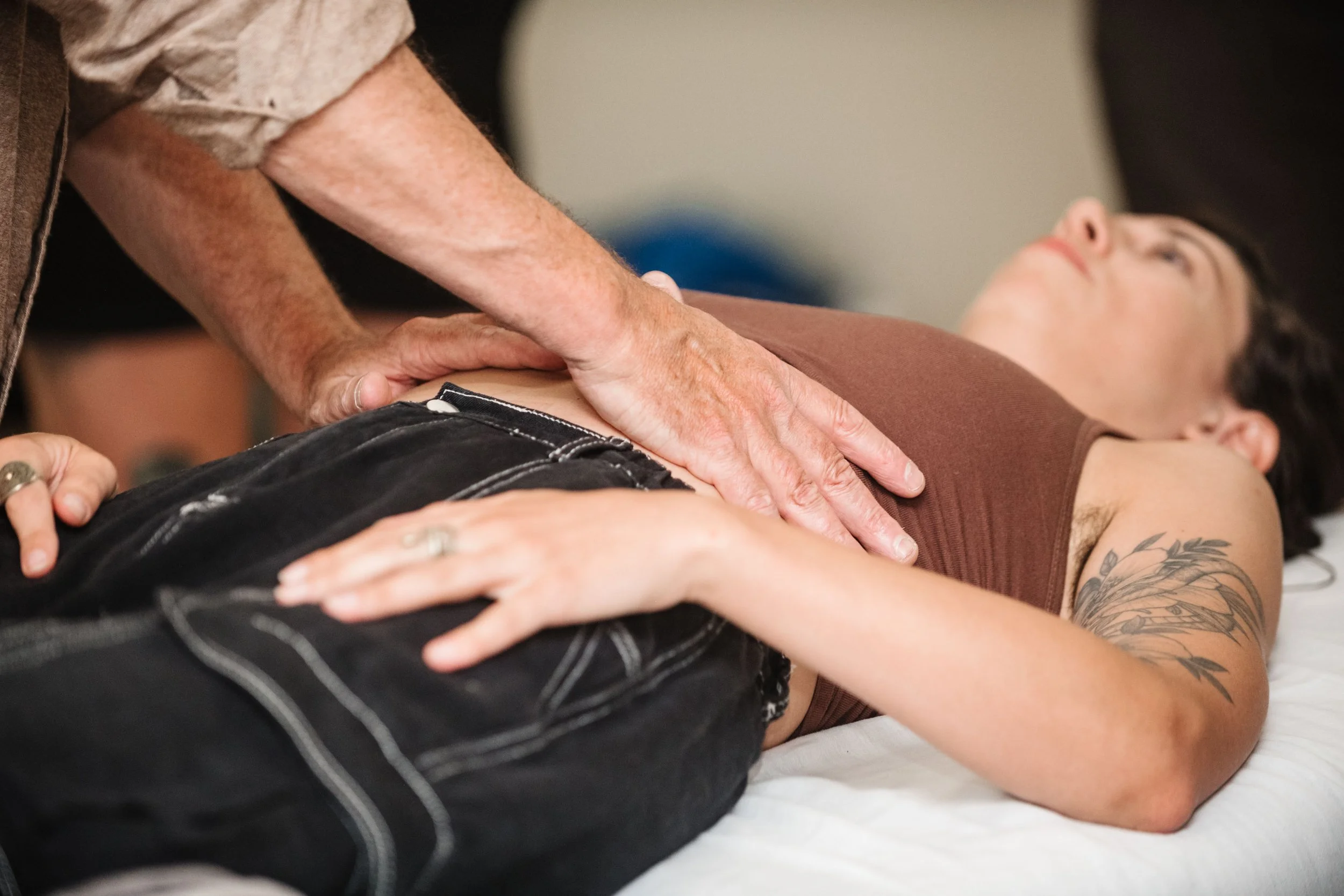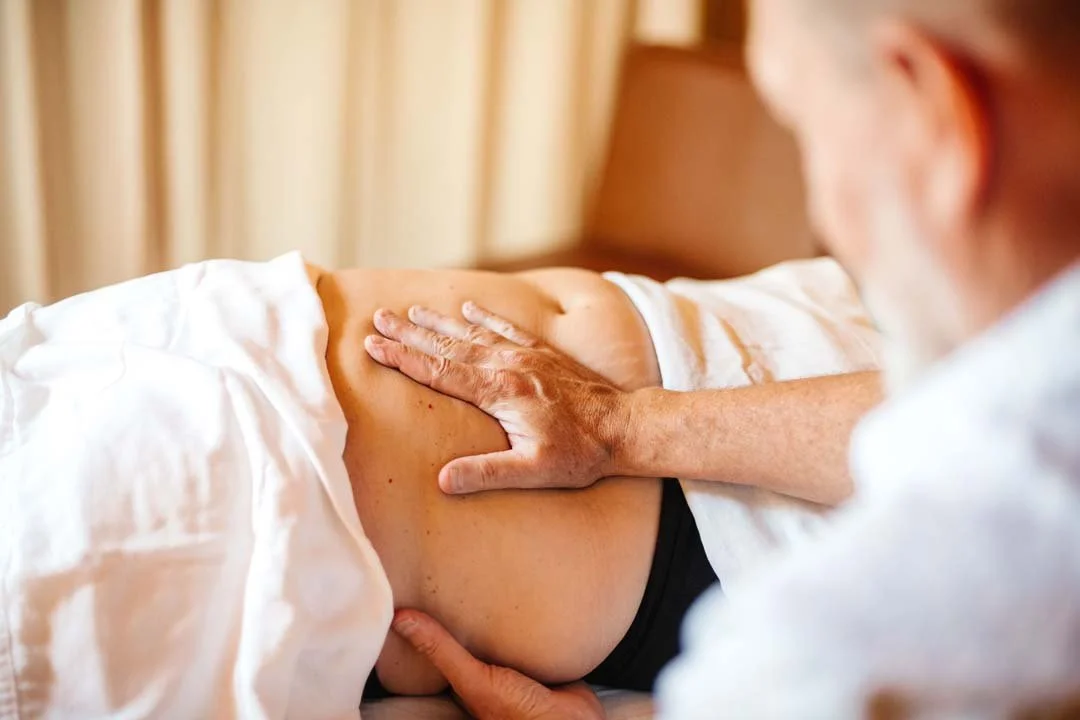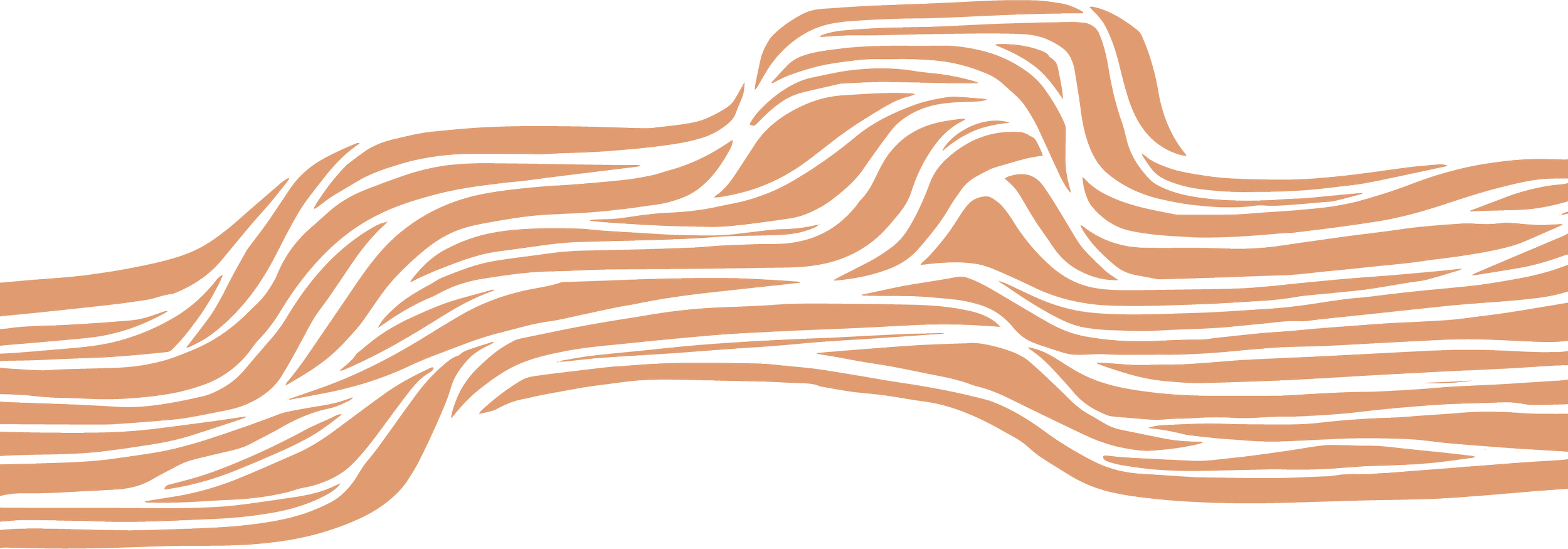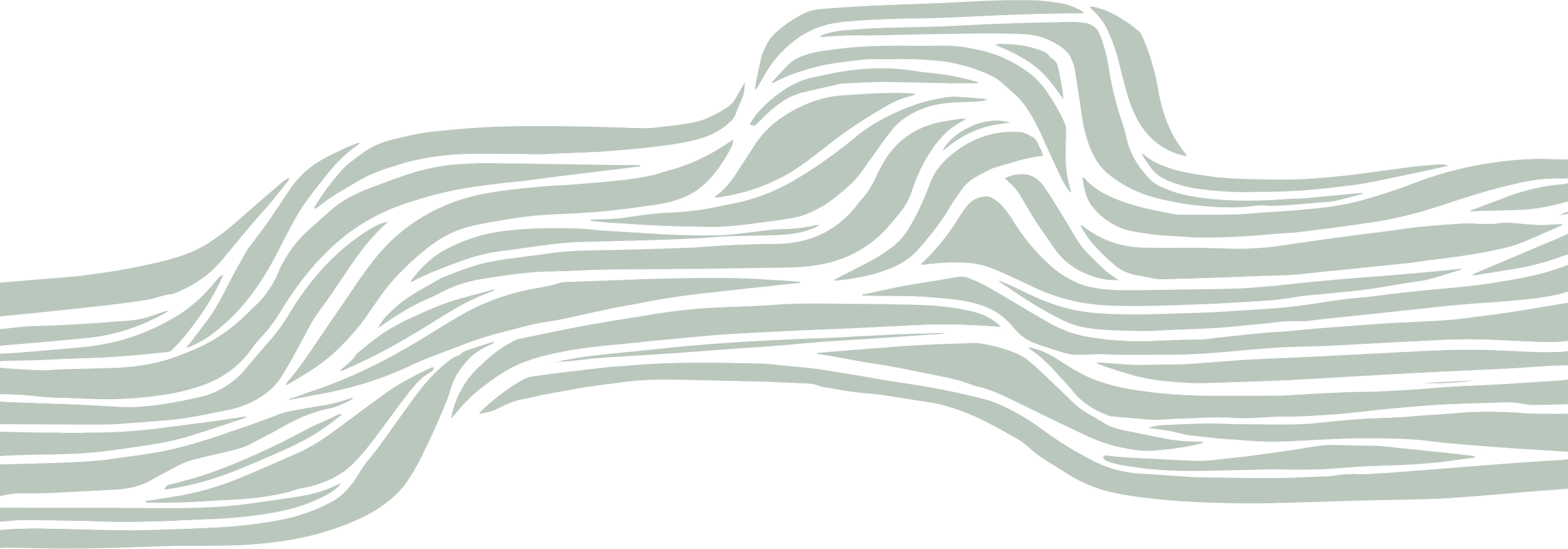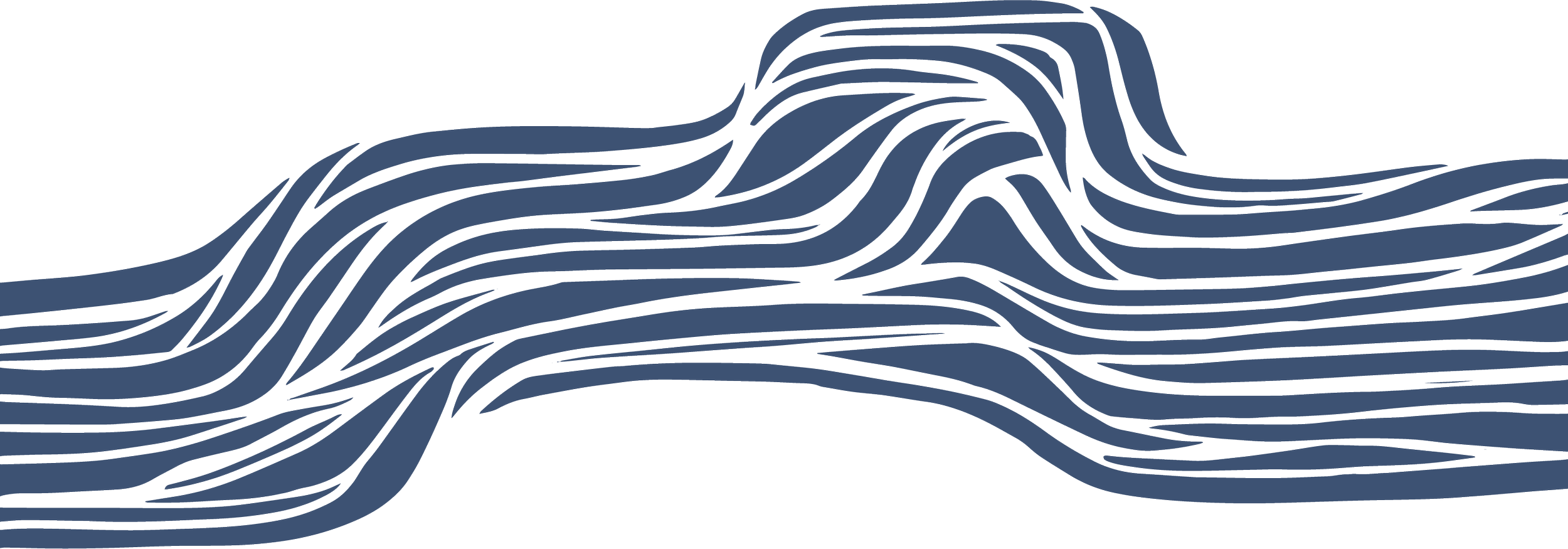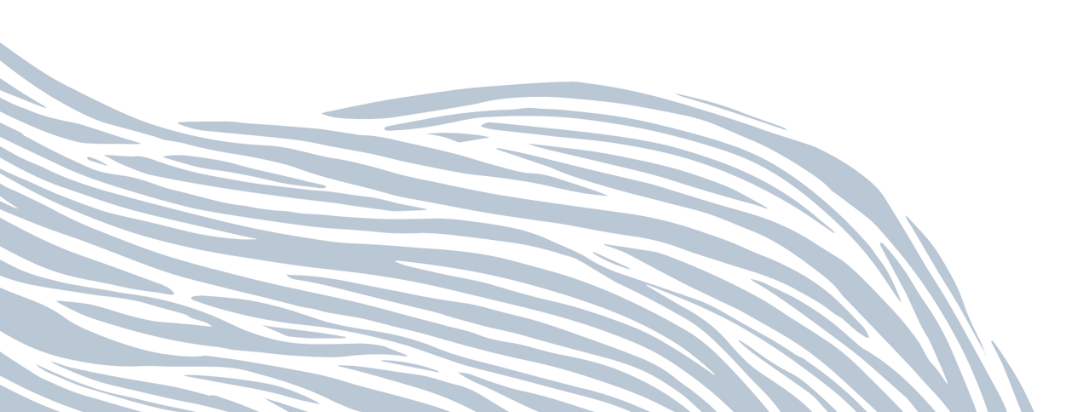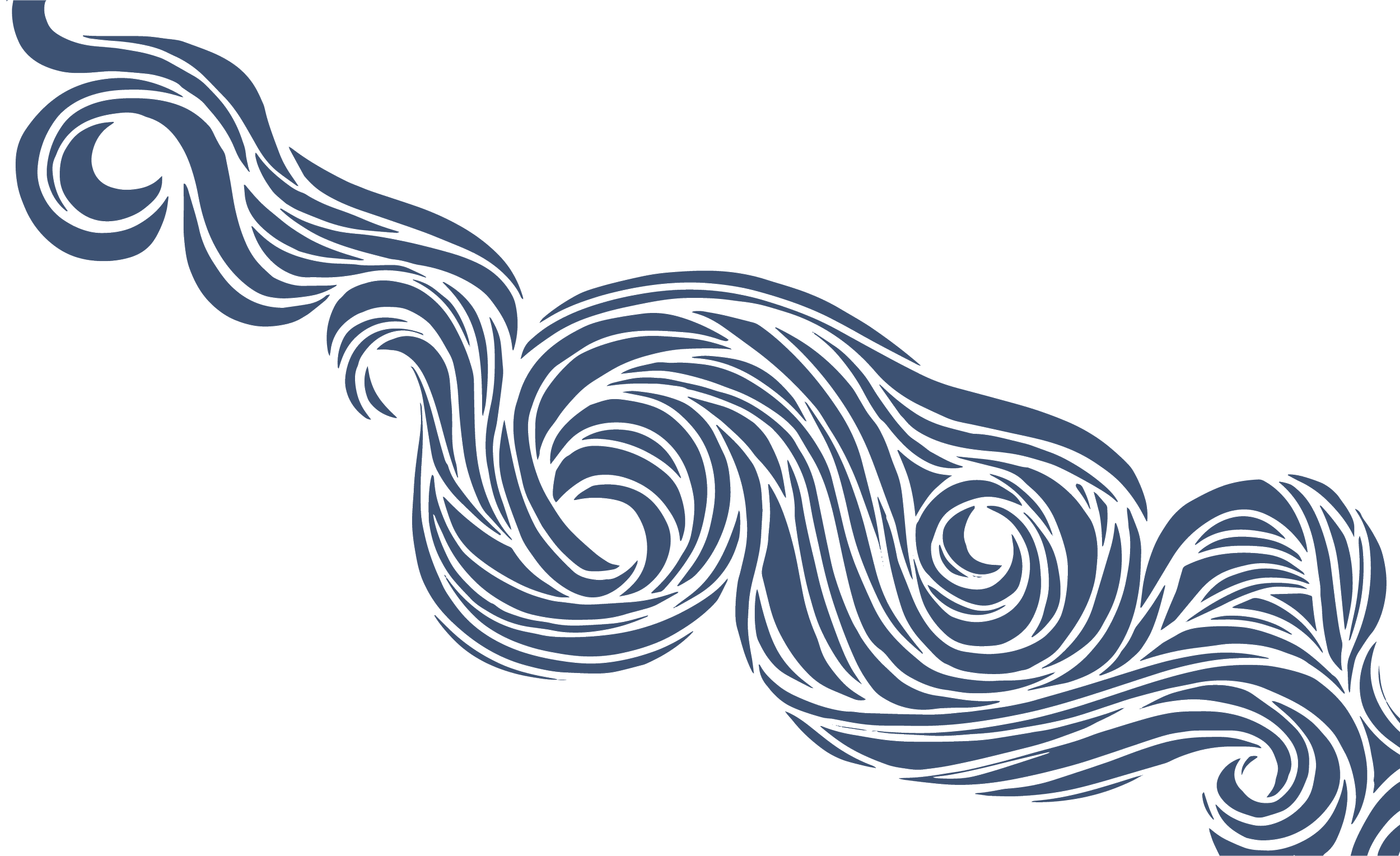Visceral Manipulation Courses for Massage Therapists, Acupuncturists, and Touch-based Practitioners
Learn to work where the body holds structure, sensation, and story
Organs never stop communicating, shifting, and responding
And learning to navigate this rich territory changes everything
Lots of bodywork education teaches you about muscles, bones, and joints, but mostly skips over the organs that are constantly moving, breathing, and influencing every other system in the body.
And that’s a pretty big gap, especially when your patients are experiencing digestive issues or conditions that may not respond to structural work alone.
The thing is, understanding how to work with organs (especially the organs of digestion in the abdomen!) is pretty essential for meaningful shifts to happen. The vagal system expresses itself through our internal organs, which is how we become aware of emotional and nervous system information. And that makes visceral work one of the most potent ways to address nervous system dysregulation that shows up throughout the body.
Learning visceral techniques teaches you to navigate this visceral-fascial territory in a way that allows the body to feel seen and understood. When you work here skillfully, you're addressing both physical patterns and the nervous system experiences they hold. This can make all the difference, helping complex conditions make more sense to you and helping clients finally access the change they've been seeking.
Working with the body’s embodied and emotional intelligence
Support the viscera to support the nervous system
Integrated Visceral Techniques applies myofascial release principles to the visceral-fascial environment—the rich tissue territory surrounding our internal organs.
This isn't the myofascia of movement or cranio-fascia of the skull, but a uniquely configured system of connective tissue, lymphatic vessels, nerves, and organs that's intimately connected to the nervous system. The vagal system expresses itself through these internal structures, making them key to understanding how bodies hold both physical and emotional experiences.
This work requires attuning your hands to different rhythms and learning to work skillfully in layers rather than applying generic pressure or just “mushing around” in there. And that’s why we teach these skills at MMI!
Learning the physiology of feeling
Here’s what you’ll discover about visceral manipulation and techniques
Most practitioners learn organ anatomy from textbooks, but the Integrated Visceral Techniques series at MMI teaches you to feel the living, breathing reality of how bodies organize themselves around both structure and emotion.
The abdomen is a storehouse for our emotional experience, and learning to work here skillfully opens profound possibilities for nervous system regulation.
You'll develop the palpation skills to sense organ mobility and restriction while understanding their intimate connection to the central nervous system. Your foundation begins with the diaphragm—the crux (or crus… anatomy nerds get it!) that sets the tone for everything below it and contracts thousands of times a day.
More revelations come as you learn to build a vagal system map through the viscera. You'll understand why digestive issues and nervous system dysregulation so often appear together, how touch-sensitivity and "listening hands" create connection that's potent from a vagal system perspective, and why skilled abdominal work is so important yet often overlooked in treatment.
This approach integrates anatomy and physiology from both Western and Chinese medical perspectives. You'll learn to scale your touch to the nature of each organ or structure, developing the calibration needed to work with tissues that express feelings through sensation.
“I choose Moving Mountain Institute for training because I always leave with a re-awakened curiosity about the body and appreciation for our medicine.”
Inside the Integrated Visceral Techniques series
Course Curriculum and Details
The Integrated Visceral Techniques (IVT) series at Moving Mountain Institute is focused on giving practitioners the skills to assess and treat multiple symptom pictures impacting digestion and other aspects of our physiology.
For each of the series’ three courses, you’ll prepare in advance by reviewing online lectures and then participate in in-person workshops to develop your hands-on skills. The combination of online educational content plus in-person learning helps build your kinesthetic intelligence over time, and is way more engaging than scribbling notes in a classroom. (Finally, you won’t just be learning about organs, but you’ll also be guided in how to “touch” them!)
The three IVT courses build systematically on each other and are taught as one comprehensive series.
Integrated Visceral Techniques I
We begin building our visceral-fascial map with the diaphragm. Diaphragmatic tone sets the tone for the viscera. As the diaphragm is the path through which the vagus nerve enters the abdomen, our work here can be helpful in helping a person shift their vagal system tone. The diaphragm is also a core organizing principle within the polyvagal system. We will discuss the diaphragm in context of the supra and subdiaphragmatic vagus. This concept helps healthcare providers orient themselves within the complexities of symptom presentation (and it's super fun to learn!).
-
Students will learn how to locate and treat the major sphincters that mediate the digestive process. The sphincters are specific sites of highly concentrated vagal tissue. This tissue is neuro reflexogenic, meaning it will communicate back to the brain about how it's feeling (usually better after we work with it).
Starting with the diaphragm and sphincters is both treatment and an initial assessment, giving you information about where to work next—which is an example of how we follow the body’s intelligence.
We then move to working with the liver and the stomach. These two organs are in a dynamic relationship with the diaphragm. Students will learn multiple techniques to treat restrictions found within each organ and between the two organs.
East Asian medicine often describes the pathological dynamic of wood overacting on earth; the liver impeding the function of the stomach. We will see this anatomically and put it in our hands.
Conditions potentially addressed by skills learned in this course include:
Reflux, heartburn, low appetite, counterflow stomach (qi in East Asian medical terms)
Shortness of breath
Hiatal hernia
Swallowing issues/apnea
Anxiety
Back pain
Jaw pain (strong link with diaphragm)
Headaches/brain fog
Liver related issues
Harmonizing the digestive system as a whole via the sphincters and diaphragm
Scar tissue in areas covered
Another way to see it is that you’ll learn to identify and treat tension in these areas, understanding that the body's response will vary and may create symptom changes in unexpected ways.
Integrated Visceral Techniques II
This course focuses on digestive dynamics related to conditions like SIBO, MCAS, and other symptom pictures that are not easily diagnosed and labeled. Treatment for these conditions often focuses on getting rid of the bugs but leaves out "why" the bugs ended up there in the first place. The course will present both an anatomical/conceptual model of the small intestine, spleen, pancreas and gallbladder that is based on both East Asian medical understanding and western embryology.
We will then put these ideas in our hands and learn specific techniques for each part of these interrelated fascial structures. The techniques presented here can be part of an integrated treatment plan for folks dealing with these stubborn conditions.
-
Students will learn meaningful and direct treatment options for the visceral-fascial structures most commonly involved in small intestine related digestive difficulties.
This course will also include time for students to refine their approaches to the diaphragm and the sphincters. Visceral fascial work is easily learnable and skill development takes time and repetition.
Conditions potentially addressed by skills learned in this course include:
The myriad middle digestion (small intestine) related digestive problems that have increased in complexity and difficulty to diagnose over the years
Gallbladder function; often we can help folks avoid gallbladder surgery if treated early
Pain and cramping in the small intestine
Support for clients with digestive symptoms related to lyme and other infectious processes
Headaches/brain fog
Insomnia
Constipation/diarrhea
Scar tissue in areas covered
Integrated Visceral Techniques III
This final part gives students a great opportunity to integrate work from previous sections and build on their conceptual map. Most of what we will be learning to treat is "retro-peritoneal." This gives you an opportunity to revisit the importance of the peritoneum and also deepen understanding of the interrelationships between the visceral fascia and the myofascia.
-
Because the diaphragm and sphincters are central to effective visceral work, you will continue to evolve their approach here. Then we will get into new content, starting with the cecum and ascending colon. We will learn sidelying work for the ascending and descending colons. This work will also address the flexures and sigmoid colon.
You’ll then work with the visceral fascial milieu of the kidneys. The kidneys have strong myofascial relationships and you’ll add to your skills for treating lower back pain. Treating the kidneys will also emphasize a technique for working with the kidney vasculature. This supports the kidneys and can help with the blood flow into the lumbar spine. These techniques complement our myofascial series.
We’ll also address treatment for the visceral fascial milieu of the uterus, ovaries, bladder and prostate. You’ll develop an approachable anatomical map for what can be a difficult area to understand and work with. It is a great complement for folks who are also doing internal pelvic floor work and gives those of us who do not do that work skills to use to support these areas.
Conditions potentially addressed by skills learned in this course include:
Constipation/Diarrhea
Water metabolism issues
Back pain: the colon and kidney are often involved in back pain issues
Hip and leg pain: visceral adhesions of kidney and large intestine can irritate nerve roots in lower back causing radiating symptoms
Menstrual cramps and dysmenorrhea
Care during pregnancy and after delivery
Post surgical care for any of the covered areas
Endometriosis symptoms
Bladder issues
Enlarged prostate
Winter/Spring 2026
Three 2-day workshops in our classroom in Portland, Oregon
Access to the online classroom lectures and materials beginning 45 days before the training series begins and ending 90 days after it ends
Schedule
3 Weekends:
IVT I: January 17-18, 2026
IVT II: March 14-15, 2026
IVT III: May 16-17, 2026
Class Times:
Saturday 9:30am-4:30pm, Sunday 9:30am-3:30pm
Tuition
Regular Price: $2,336
Earlybird Discount: $1,985
Equity Pricing for Bipoc Practitioners: $1,868
If you’ve completed at least one previous IVT workshop, take 15% off this series!
If you’ve completed all three previous IVT workshops, take 50% off this series!
Email thea@movingmountainstitute.com for your discount code.
Payment plans are available!
Continuing Education Credit
The IVT Series has been pre-approved for the following CE hours:
IVT I
Online content: NCCAOM (3.5 PDA), OBNM (TBD), NCBTMB (4 CE)
Workshop: NCCAOM (11 PDA), OBNM (11 CE), NCBTMB (11 CE)
IVT II
Online content: NCCAOM (1 PDA), OBNM (TBD), NCBTMB (1 CE)
Workshop: NCCAOM (11 PDA), OBNM (TBD), NCBTMB (11 CE)
IVT III
Online content: NCCAOM (2 PDA), OBNM (TBD), NCBTMB (2 CE)
Workshop: NCCAOM (11 PDA), OBNM (TBD), NCBTMB (11 CE)
“The training is fantastic.
Michael and the teaching assistants provided a safe and supportive learning environment that allowed me to sink deeply into the practice and gain confidence in my ability to support my patients with this subtle, gentle, and powerful healing modality.”
Are integrated visceral courses right for you?
This work particularly resonates with practitioners who are:
-
Working with Complex Digestive and Pain Patterns
If your clients often deal with digestive issues that don't respond well to standard approaches, chronic pain patterns that seem to involve multiple systems, or conditions where emotional and physical symptoms appear intertwined, integrated visceral techniques will likely fascinate you! The visceral-fascial connections you'll learn often provide missing pieces in these complex presentations.
-
Seeking More Whole Body Integration
Whether you're a massage therapist wanting to understand why certain back pain patterns persist, an acupuncturist looking to enhance your understanding of organ-channel relationships, or any bodyworker curious about the connections between structure and viscera—this training transforms how you see the whole body.
-
Curious About Understanding the Nervous System Connection
This work particularly serves practitioners interested in polyvagal theory and how the nervous system expresses itself through visceral function. You'll gain practical tools for working with the embodied polyvagal map that connects gut health, emotional regulation, and overall wellbeing.
Whatever your background, what matters most is your curiosity about how the body organizes itself as an interconnected whole and your willingness to work with the subtle intelligence that lives in visceral tissues.
Why visceral work matters
A note from Michael, your teacher
Most adults could tell you more about the engine in a car than they could about their own organs. We live in bodies where the liver performs over 500 functions, the kidneys filter our entire blood volume 400 times daily, and the diaphragm contracts up to 30,000 times a day—yet we're hardly taught anything about how it all works or why it matters!
Even bodywork often perpetuates this gap. We learn intricate details about muscle attachments and joint mechanics, but somehow the organs get relegated to a brief anatomy review. And the abdomen remains profoundly undertreated by healthcare providers, despite being the location for so many issues our clients experience.
This is why I'm so passionate about visceral work. When you start to understand these connections, you realize how much we've all been missing. The relationships are elegant and logical once you can feel them. Gentle, intelligent touch can create profound systemic shifts.
This work empowers both practitioners and the people we serve. When we can meaningfully contact the visceral-fascial environment—the territory that expresses our feelings through sensation—we're offering something essential that most approaches simply can't access. I look forward to seeing you in class!

Feel like you’ve been working around a missing piece?
Learn the rich visceral connections that make everything click.
Frequently Asked Questions
-
No, you don't need prior visceral experience. This is designed as an introductory series that builds from the ground up. We start with foundational concepts like the diaphragm and develop your palpation skills systematically. However, some background in bodywork will be helpful since we're applying myofascial release principles to the visceral environment.
-
While not strictly required, having a foundation in craniosacral therapy or myofascial release will significantly enhance your learning experience. This training applies those principles to visceral work, so familiarity with "listening hands" and fascial approaches will help you develop the touch sensitivity needed for visceral techniques more quickly.
-
Basic knowledge of organ location and function is helpful, but we provide curated anatomy lectures as part of the training. You'll benefit most if you have a general understanding of body systems from previous healthcare or bodywork training. We teach the specific visceral-fascial relationships you need, so you don't need to be an anatomy expert before starting.
-
Absolutely. The anatomical and physiological understanding you'll gain will deepen your comprehension of organ-channel relationships in ways that can inform your needle placement and treatment strategies. Many concepts align with Eastern medicine principles, like the liver-stomach dynamic we explore. Even if you don't use the hands-on techniques directly, the visceral-nervous system connections will enhance your overall practice.
-
Visceral work often addresses underlying structural restrictions and nervous system patterns that other approaches miss. While we can't guarantee results, many practitioners find this work helpful for persistent digestive issues, especially when combined with other appropriate care. The techniques can be a really helpful part of an integrated treatment approach.


